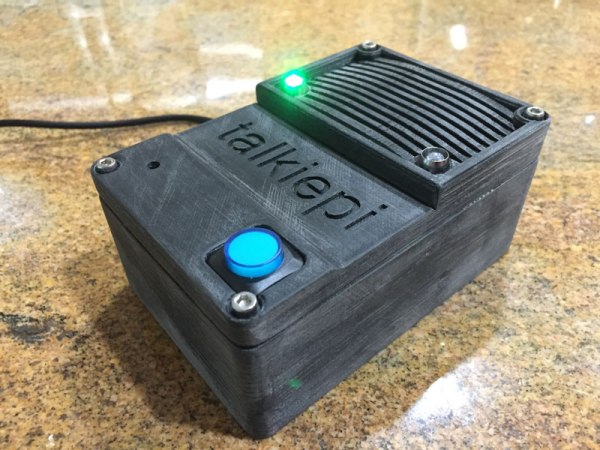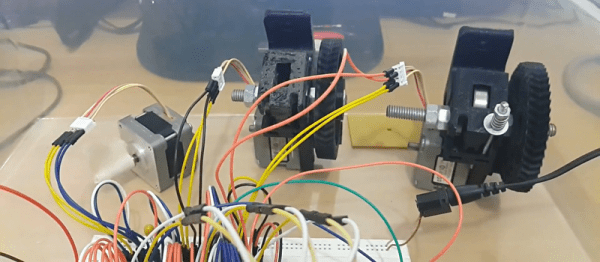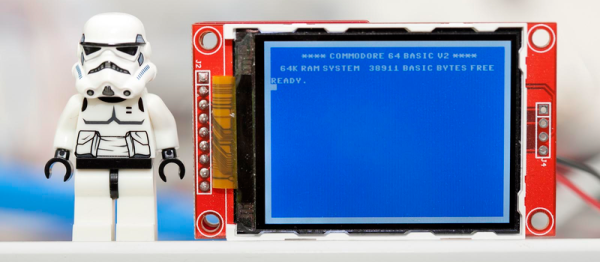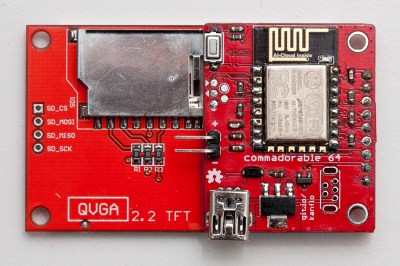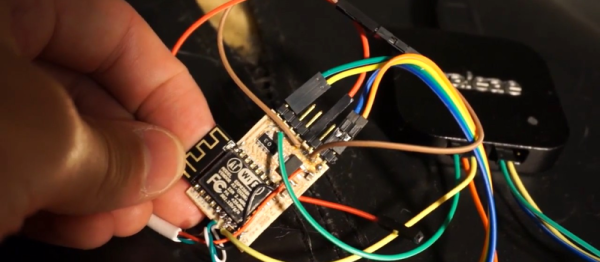His kids wanted walkie talkies, so [Daniel Chote] built one. The TalkiePi is a neat project built around a Raspberry Pi running Mumble, the open-source voice chat system that his kids can share with their siblings and friends.
It’s easy enough to choose the Raspberry Pi, and Mumble is pretty well known. But what’s the easiest way you can think of to add microphone and speakers to the RPi? We applaud [Daniel’s] choice to equip it with the guts of a USB speakerphone. Mumble lets you choose voice activation or keyboard input — in this case an added button makes it push-to-talk, as you would expect in a traditional walkie talkie.
He put all of this into a nicely designed 3D case with a few LEDs, so it is easy to tell that it is ready to transmit. [Daniel] isn’t quite finished yet, though: he’s now working on a new version that is portable, battery powered and uses a Raspberry Pi Zero for the ultimate walkie talkie. We can’t wait to see someone take this to the extreme and include a cellular-modem. But then again, anywhere you can get on WiFi this rig should work, it’s not relegated to a single LAN, and that already far outperforms walkie talkies of yore.

